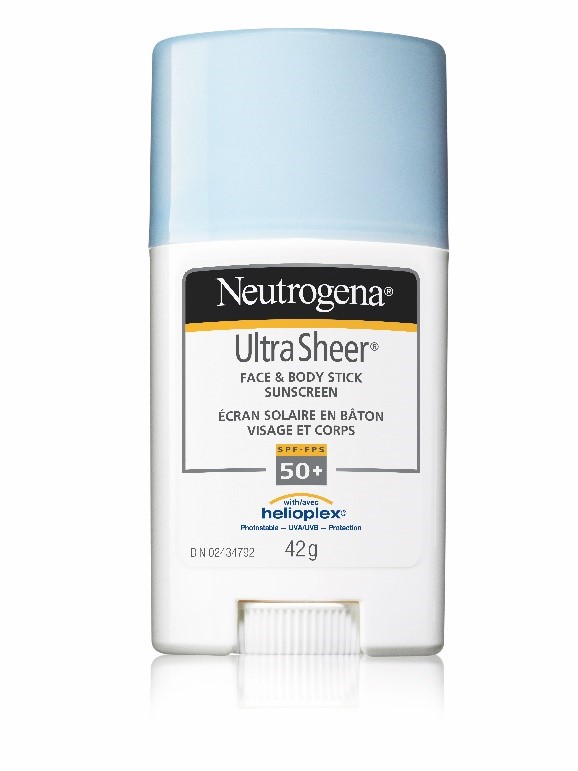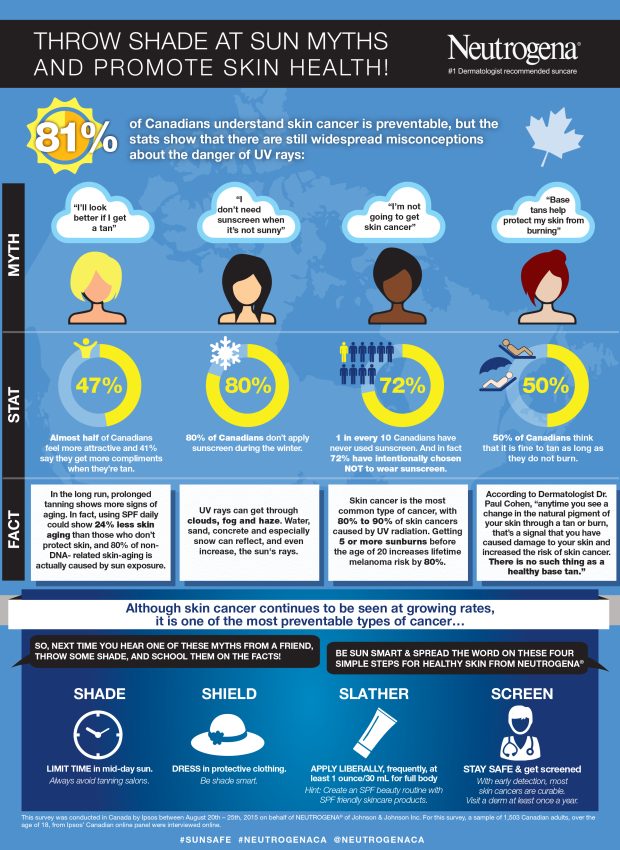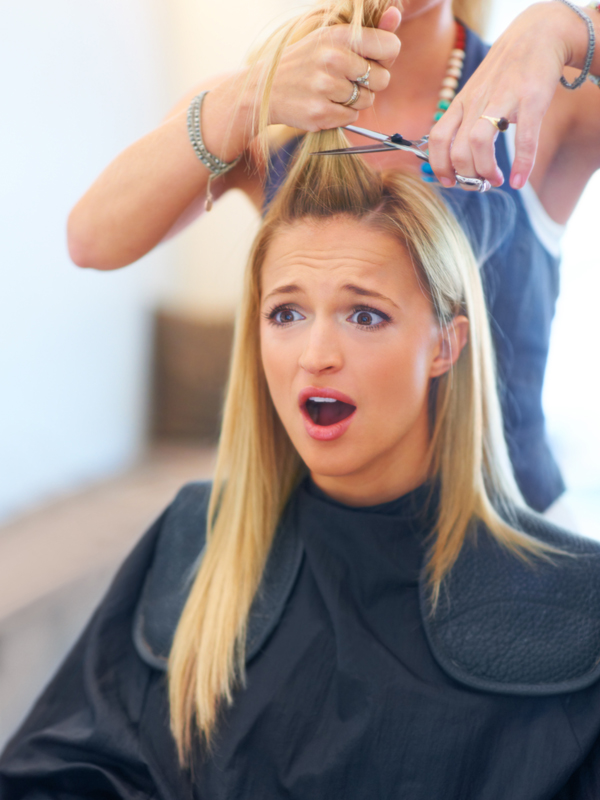It’s easy to remember to wear sunscreen in the summer. It is second nature to slather on your 30+ SPF before heading out to the beach. But, for many of us it’s not something we automatically think of doing in the fall or winter months. Yes, we’re more covered up and may spend less time outdoors, but that doesn’t mean we’re not susceptible to the danger of UV rays. Most people don’t realize that UVA rays”which cause premature aging” can penetrate window glass, so you are exposed even while indoors. In fact, a recent Ipsos consumer survey revealed that 80 percent of Canadians don’t wear sunscreen in the winter.
Stay protected
How can you make sure you’re always protected everyday? Toss a sunscreen, like Neutrogena’s Ultra Sheer Face & Body Stick Sunscreen SPF 50+ ($13.99-$17.99, available nationwide at food, drug and mass merchandisers) in your purse. It offers broad-spectrum protection from skin-aging UVA rays and skin-burning UVB rays that you can use on your face or your body. It has an ultra-light, non-whitening, and non-greasy finish. Which makes it perfect to apply on-the-go. Put one at your desk or at the front door of your home. And remember to apply before stepping out. Applying sunscreen only takes a minute, but can save your life AND the look of your skin in the long run.
 Apply enough
Apply enough
Don’t be modest in your application. Most people apply less than the recommended 1 oz. of sunscreen over their body, which means you have significantly less sun protection than the indicated SPF value on the label. Under-application can result in only receiving one-tenth of the SPF shown on the label. So your SPF 70 can equal an SPF 7! Thus, apply the full 1 oz. and do so often as sunscreen can wear off throughout the day.
Go Faux or Say No
Just because a tan looks good on you, doesn’t mean it is good for you. Especially with all of the options we have for self-tanners, there is no reason we should be baking outdoors or on tanning beds throughout the year.
Did you know? There’s no such thing as a safe tan. Toronto dermatologist, Dr. Paul Cohen explains: Anytime you get a tan or burn, you have damaged skin. A tan results from injury to the skin’s DNA; the skin darkens in an attempt to prevent further DNA damage. As we all know, these imperfections can lead to skin cancer. While sun burns certainly raise the risk of skin cancer, any sun exposure puts you at risk and causes skin damage like premature aging. And don’t forget, sun damage is cumulative.
Educate yourself
This infographic below perfectly sums up important sun care myths and helps shed some light on how we can do a better job of protecting our skin.

This post has been brought to you by Neutrogena but the opinions are our own.












